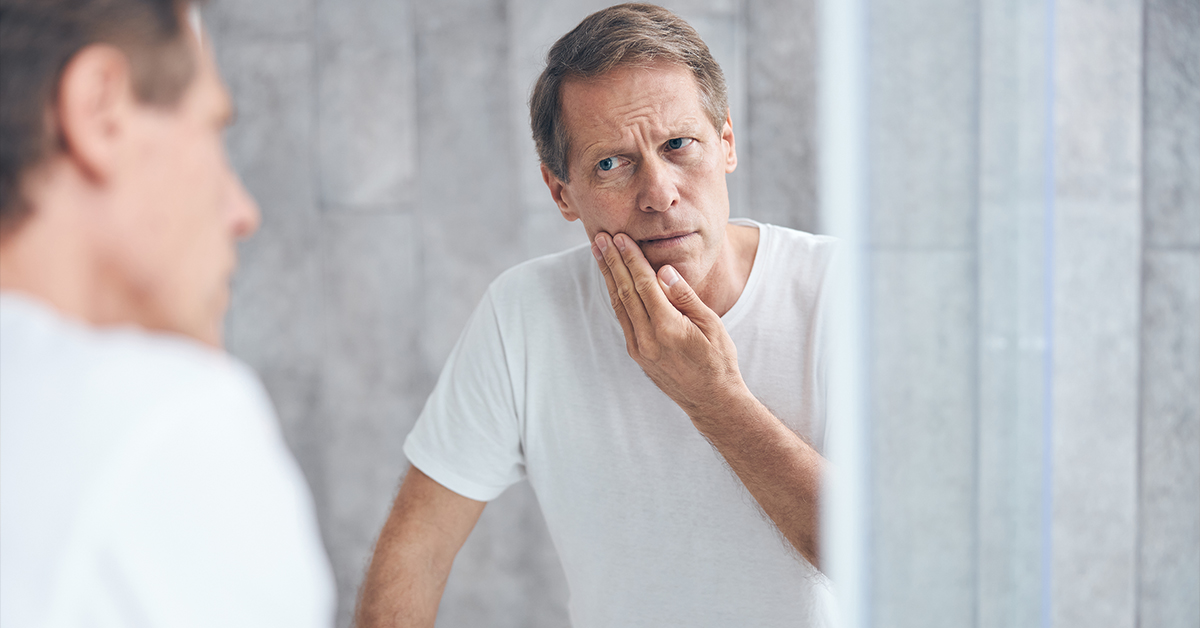As time passes, our bodies change. While that may seem like an obvious statement, it is also true that scientists are not exactly sure why. What is known is that over time the mechanisms in our DNA which repair and restore will slowly fall into a decline.
As we get older, our hair – along with the rest of our body – also experiences changes. It can thin, fall out, change color, or even change texture in some cases. Understanding why and how to manage our hair as it changes along with us can help us navigate the stress of “aging gracefully.”
Why Does Aging Cause Hair Loss?
As we age, the size of your hair follicles naturally begins to shrink… or stop producing altogether. Your body will produce less sebum (the body’s natural oil) which helps hair appear shiny, soft, and smooth. Also, the anagen phase – the growth phase of the hair cycle – will shorten. All this combines to give hair a thinner and more sparse appearance.
Can I Stop Hair Thinning As I Age?
In the same way it is impossible to stop all the sand as it falls through the hourglass, so too is it impossible to stop all the signs of aging. But there are things you can do to mitigate the effects of aging on your hair. You can start by maintaining a balanced diet and talking with your healthcare provider to see if taking vitamin supplements might be the right path for you.
Maintaining the health of your scalp is important, and part of that is learning and understanding the specific needs of your hair type. For example, if you have straight or wavy hair it may have a tendency to become oily and washing your hair too often can cause the scalp to overproduce oils.
Can Hereditary Hair Loss Be Reversed?
While the effects of genetics can’t be completely reversed, the condition can be managed… and the progression can be slowed. In addition to diet and possible medication, hair transplants can also be an option to help people regain a fuller head of hair.
What Age Does Hair Start Thinning?
Most people start experiencing some thinning in their 30s. Some even start seeing hair loss as early as their late teens. This can depend on many factors, but is primarily affected by your genetics, lifestyle, and health. More noticeable thinning tends to happen in your 50s and 60s.
What Causes Hair Loss in Elderly Women?
The most common genetic condition for hair loss in women is androgenic alopecia, or female-pattern hair loss. Women in their 40s and 50s might begin to notice their hair part widening. They can inherit the genes from either of their parents and the hormonal shifts that happen during menopause can jump-start the condition.
Experiencing Hair Changes? Contact Reef Hair Today.
Aging happens… but looking old doesn’t have to! If you are experiencing changes to your hairline or hair volume as you age, contact the professionals at Reef Hair. Our team offers a full range of hair restoration treatments for hair loss and thinning. We offer minimally invasive device assisted ARTAS® and NeoGraft® hair replacement procedures, in addition to classic manual transplants.
Contact us today to schedule a consultation for a full hair and scalp analysis, and discuss potential treatments to help you achieve the hairline you desire!


